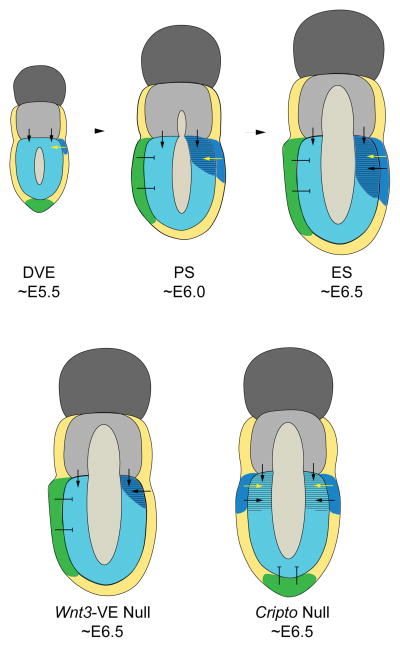Fig. 5. Proposed model for primitive streak formation in the mouse.
At approximately E5.5, the DVE (green) becomes evident at the distal tip of the epiblast concomitantly with the appearance of Wnt3 expression (blue) in the posterior visceral endoderm. At ~E5.75-E6.0, Wnt3 emanating from the posterior visceral endoderm (yellow arrows) activates its own expression and that of other markers of the primitive streak, such as T (striped), in the adjacent epiblast. The antagonistic activity of the AVE prevents the spread of Wnt3 activity in the anterior epiblast. In Wnt3-VE mutants, expression of primitive streak markers is delayed appearing at late E6.5 stages. In Cripto mutants, the AVE remains at the tip of the epiblast; this allows expansion of Wnt3 expression to the anterior visceral endoderm leading to radialization of the primitive streak. The black arrows indicate potential signaling events derived from extra-embryonic ectoderm and/or posterior visceral endoderm that may work in concert with Wnt3 in the establishment of the primitive streak and maintenance of gastrulation. Abbreviations: DVE, distal visceral endoderm stage; PS, Pre-streak stage; ES, early streak stage.

